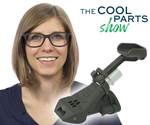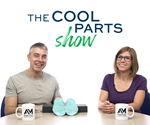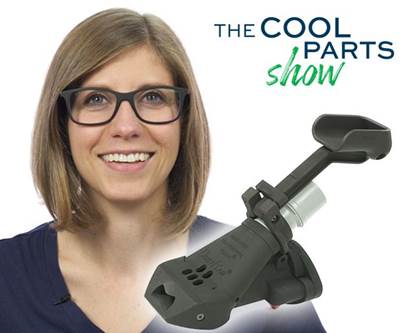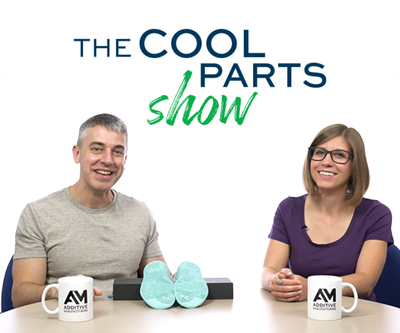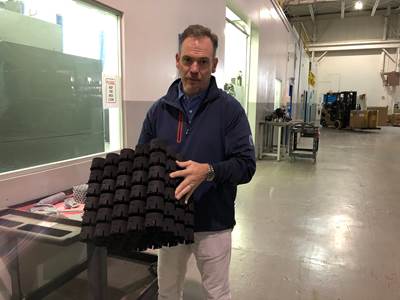6 Reasons to Use Plastic 3D Printing
Smaller batches and shorter lead times are just two of the benefits of 3D printing parts in plastic. Here are six reasons to choose polymer additive manufacturing (with examples).
3D printing began with polymer, and arguably the plastics side of the industry continues to mature more rapidly than additive manufacturing (AM) with other materials. But what are the best use cases for 3D printing with plastic? When is it preferable to print versus manufacture conventionally, and when does this material choice make sense?
Our reporting about additive manufacturers that have made the decision to 3D print in plastic reveals many of the reasons to do so. Here are six, with examples that illustrate their promise:
1. Low-volume plastic part production without a mold.
Batch size is a limiting factor for injection molding — too small a run, and the investment of time and money to obtain mold tooling becomes undesirable. The Periscope smartphone case, for instance, is a niche product that does not need to be made in large quantities and would not justify the expense of mold tooling. Instead, the phone cases are manufactured in small batches via Multi Jet Fusion (MJF), a plastic 3D printing process that can make the product economically at a limited scale.
2. Easier, faster design iteration and modification.
Point No. 1 above suggests an additional benefit from 3D printing in plastic: Without a mold, there is no constraint against changing a part’s design. When tooling is removed from the manufacturing process, it become possible to rapidly iterate designs to arrive at a final version.
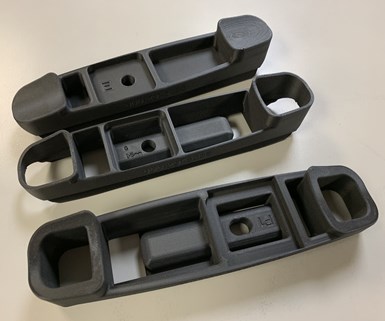
Evco Plastics, for example, went through multiple iterations of the spotting scope mount pictured to the left (made with its automated cell of MarkForged 3D printers) before arriving at the final version. In the same way, 3D printing can make it possible to change the product’s design and features between production batches for faster response to customer feedback or changing requirements after the product has already gone to market.
3. Accelerated lead time.
Because plastic 3D printing requires only the file and the raw material to get started — no molds, fixtures or cutting tools necessary — a manufacturer using this process for production can produce an initial run of parts much more rapidly. For example, Boyce Technologies 3D printed plastic brackets for a communications system on an accelerated timeline, delivering the complete products within just 2 weeks — a deadline that would not have been possible to meet if the brackets had been machined or injection molded.
4. For mass customization or mass personalization.
Mass customization, or the ability to tailor a product to the individual customer, is enabled by 3D printing. The lack of tooling allows for design changes on the fly.
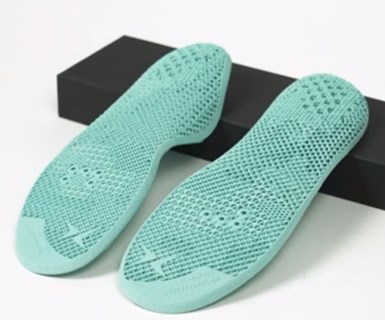
Aetrex, for instance, 3D prints custom shoe insoles with selective laser sintering based on a scan of the customer’s feet that captures both geometric and force data. Using this information, the company can not only tailor the size and shape of the insoles, but also create a unique pattern of lattices or “digital foam” that supports or cushions specific points of the foot as needed. This level of detailed customization would not be cost effective and probably not even manufacturable without 3D printing.
5. For assembly consolidation.
The benefits of consolidating assemblies to reduce part count apply whether the material is metal or plastic, but these benefits are potentially greater for plastics. Reducing part counts with plastic 3D printing often also means reducing the number and variety of materials required (simplifying both sourcing and recycling material). Consolidation can also mean reducing the use of fasteners and saving weight. The DustRam is one example. This specialty device was originally manufactured in metal, with a design that required 16 individual pieces and two different materials. By electing to 3D print it in nylon instead, the assembly was reduced to just four pieces and one material, with weight savings of nearly 300%.
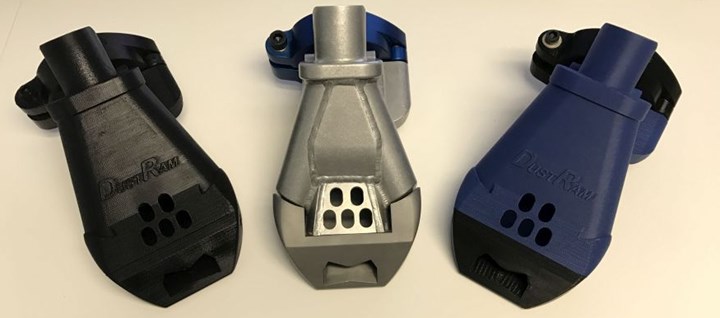
6. As a replacement for metal.
As demonstrated by the DustRam example, plastic 3D printed parts can also be a valid replacement for components made of metal. Many parts are currently machined from metal simply because this has traditionally been the easiest way to make them, not because they must be made of metal. With the advance of the technology and the material options in polymer 3D printing, it’s now viable to 3D print many of these items in plastic. Wilson Tooling, for instance, redesigned an oil reservoir to be manufactured in plastic using Digital Light Synthesis (DLS). The original reservoir design included up to nine different cold-rolled steel components that had to be welded together and rigorously tested for leaks. 3D printing the reservoirs allows the the component to be just one piece, greatly reducing the risk for leakage and failure while also simplifying the manufacturing process.
For more examples of successes with plastic 3D printing, visit our Polymer AM zone.
Related Content
How Norsk Titanium Is Scaling Up AM Production — and Employment — in New York State
New opportunities for part production via the company’s forging-like additive process are coming from the aerospace industry as well as a different sector, the semiconductor industry.
Read More3D Printing with Plastic Pellets – What You Need to Know
A few 3D printers today are capable of working directly with resin pellets for feedstock. That brings extreme flexibility in material options, but also requires greater knowledge of how to best process any given resin. Here’s how FGF machine maker JuggerBot 3D addresses both the printing technology and the process know-how.
Read MoreVideo: 5" Diameter Navy Artillery Rounds Made Through Robot Directed Energy Deposition (DED) Instead of Forging
Big Metal Additive conceives additive manufacturing production factory making hundreds of Navy projectile housings per day.
Read More8 Cool Parts From Formnext 2024: The Cool Parts Show #78
End-use parts found at Formnext this year address various aspects of additive's advance, notably AM winning on cost against established processes.
Read MoreRead Next
3D Printed Plastic Replaces Metal: The Cool Parts Show #3
This small business owner discovered 3D printing as a way to manufacture his invention. Now, AM is enabling a totally new source of revenue. Watch The Cool Parts Show to see how.
Read MoreShoe Insoles Precisely Tailored to Individual Feet: The Cool Parts Show #4
This episode of The Cool Parts Show looks at how 3D printing will deliver tailored products. Scanning feet for their geometry and pressure enables Aetrex and EOS to manufacture insoles that are unique to individual wearers.
Read MoreHow Additive Manufacturing Is Expanding the Possibilities for Plastics
In terms of lead time, part size, quantity and inventory needs, the limitations on plastics are being overcome. We will see plastics doing more — the theme of several recent articles we’ve posted.
Read More
.jpg;width=70;height=70;mode=crop)
